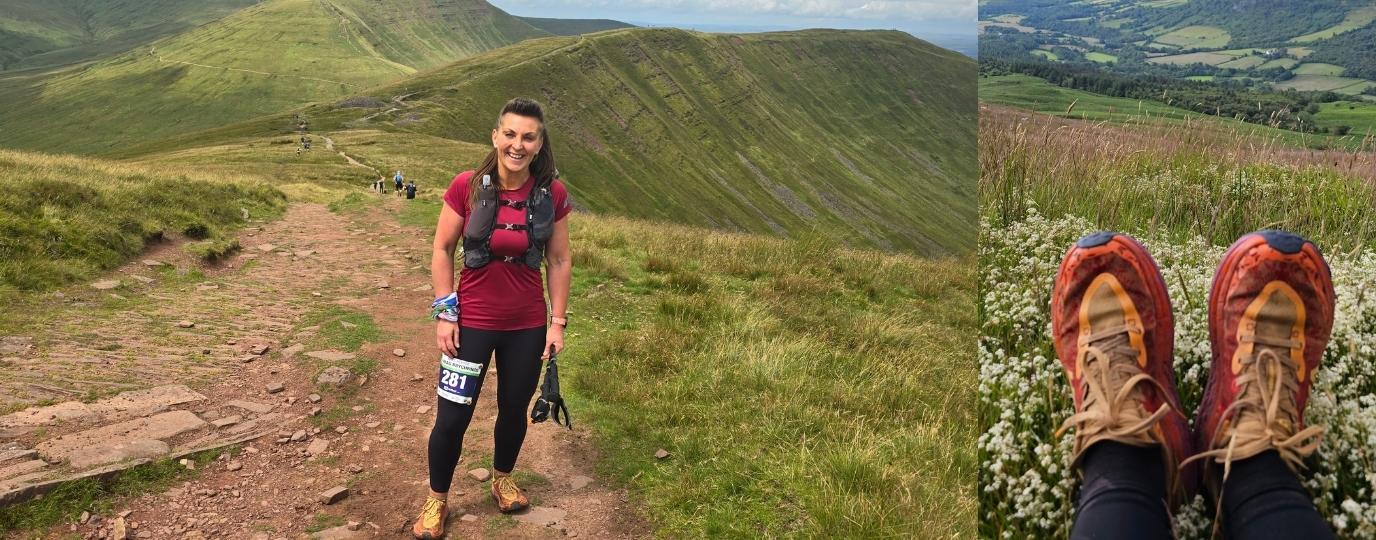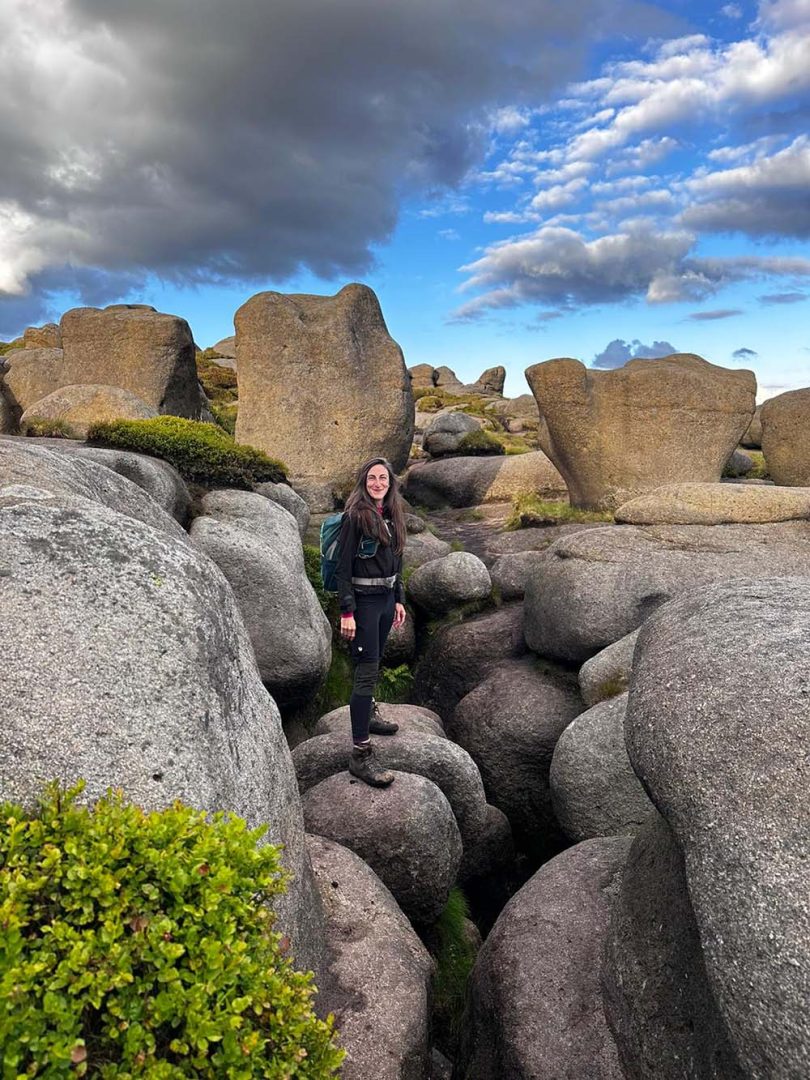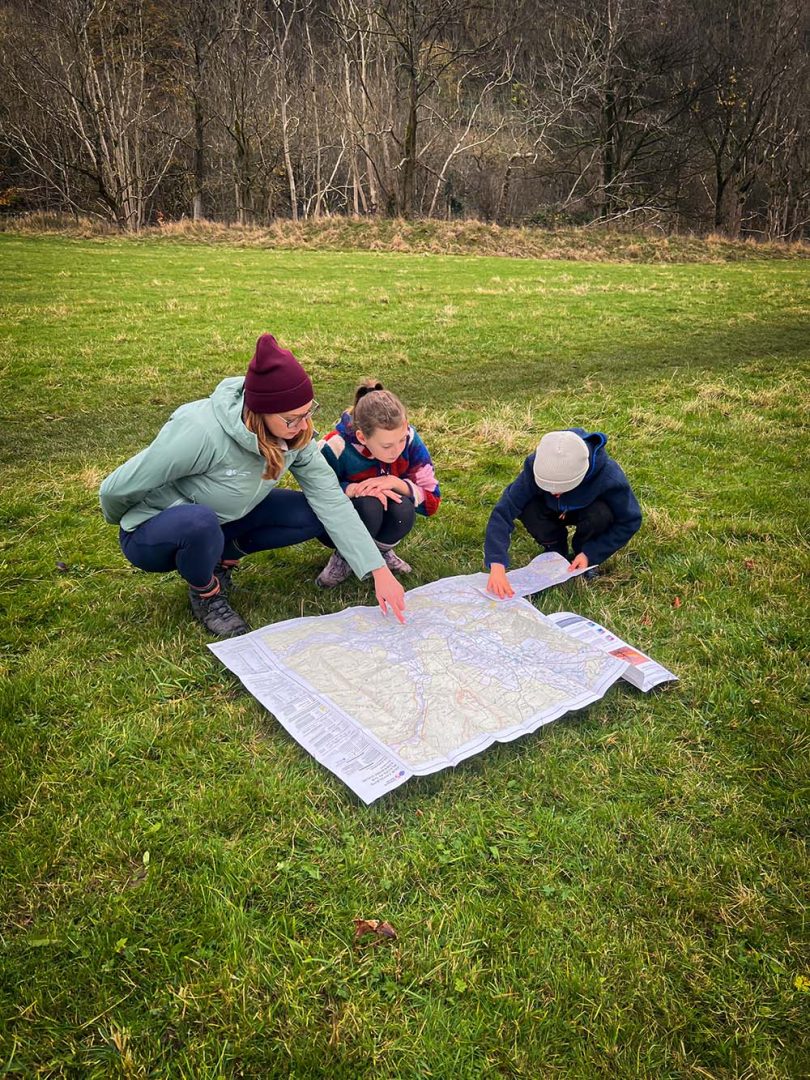Mountain Safety in the Summer
Ordnance Survey, Mountain Rescue England and Wales and the Met Office join forces to offer some great advice on summer safety in the mountains.
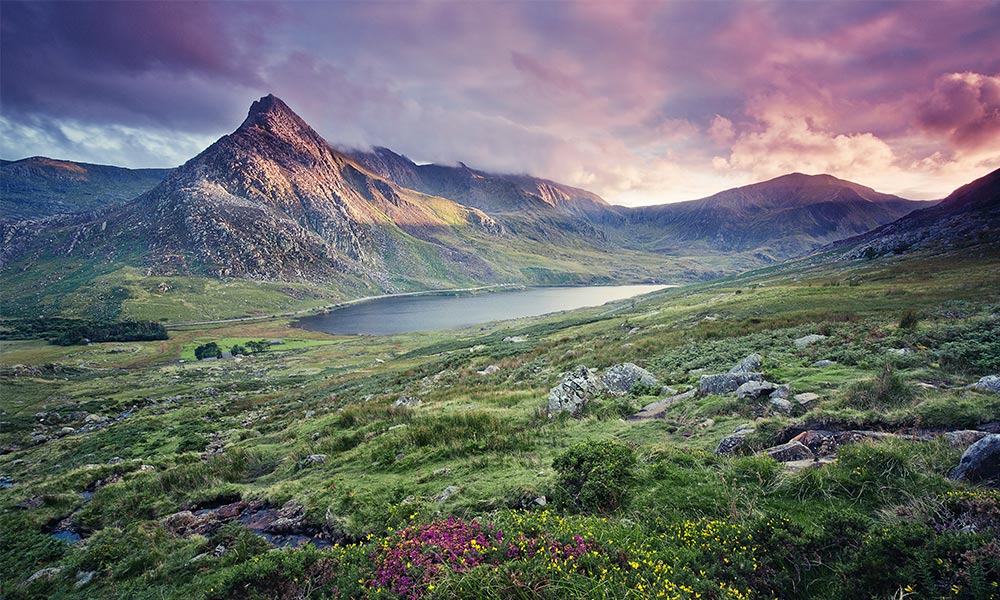
Mountain Safety: Weather
As the days are longer, temperatures rise and the weather improves, there are fewer obvious hazards associated with being in the mountains. However, summer weather in the UK can be famously variable, capable of hot sunny spells and heatwaves as well as sudden heavy downpours.
Conditions in the hills are often very different to the valleys and a fine day can turn cold, wet and windy within minutes. Hill tops are also more exposed to the weather, meaning it can be colder and windier at the summit than in surrounding valleys or glens.
Did you know?
On average you can see a 1°C temperature drop for every 100 metres you climb.
As you gain height, winds can strengthen and accelerate over the ridges and hill tops with wind speeds generally two to three times stronger at the summit than at the base. On a sunny day with little wind the temperature change may not be noticeable, but the wind chill factor can make if feel colder at height, especially when combined with low cloud or rain.
What does summer look like for Mountain Rescue?
We often talk about staying safe outside during winter but June, July and August continue to be the busiest months for Mountain Rescue across England and Wales, accounting for typically 35% of incidents throughout the year.
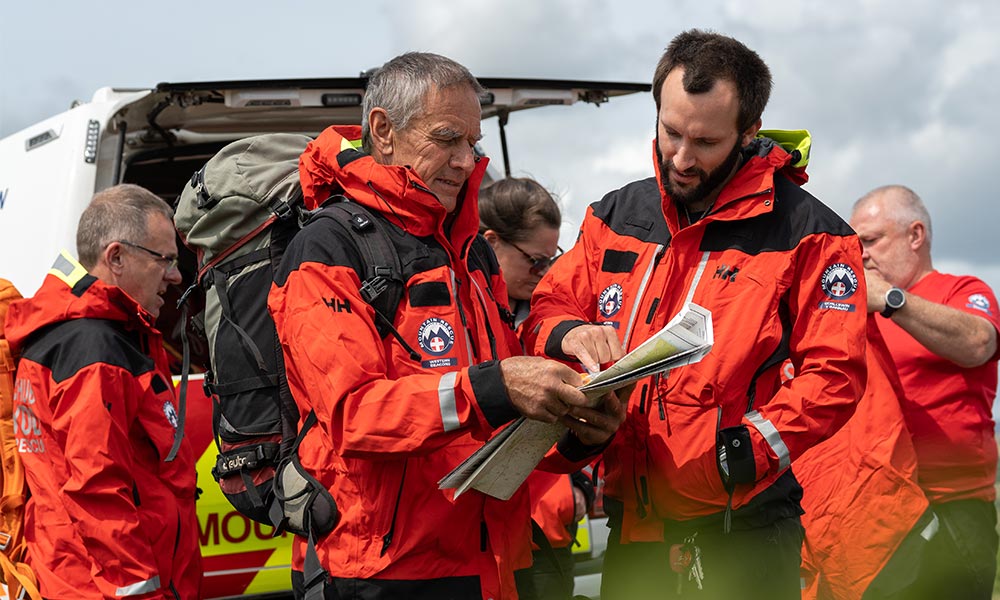
This is predominantly down to increased numbers of visitors to the mountains and upland areas (the busiest days are always Saturdays and Sundays) but summer walkers may also under-estimate the hazards of longer days in higher temperatures. Factors like changeable weather and limited navigation skills will also contribute to incidents at any time of the year – the onset of a summer storm can be one of the most sudden and least predictable changes.
Stay safe in the mountains in summer
It certainly pays to be aware of some of the summer-specific problems experienced in the great outdoors, so that you can be as prepared as possible. Given that we tend to get longer, drier periods of weather in summer, access to water and keeping hydrated during a walk can become more challenging. It’s worth keeping cool and avoiding over heating rather than trying to deal with the issues that arise through heat stroke. Prevention is better than cure!
One thing that many Mountain Rescue volunteers do is to keep a wet or damp scarf around their neck or even a water-soaked sun hat. It’s amazing how much difference it can make to at least keep your head and neck cool. Carrying most of the drink that you’ll need through the day can be heavy work but, if you don’t, you can’t always rely on a handy stream or beck for safe drinking water. Planning your route to include top ups may be a possibility or carry at least one water purifying straw or similar in case you need to rely on that trickle in the stream.
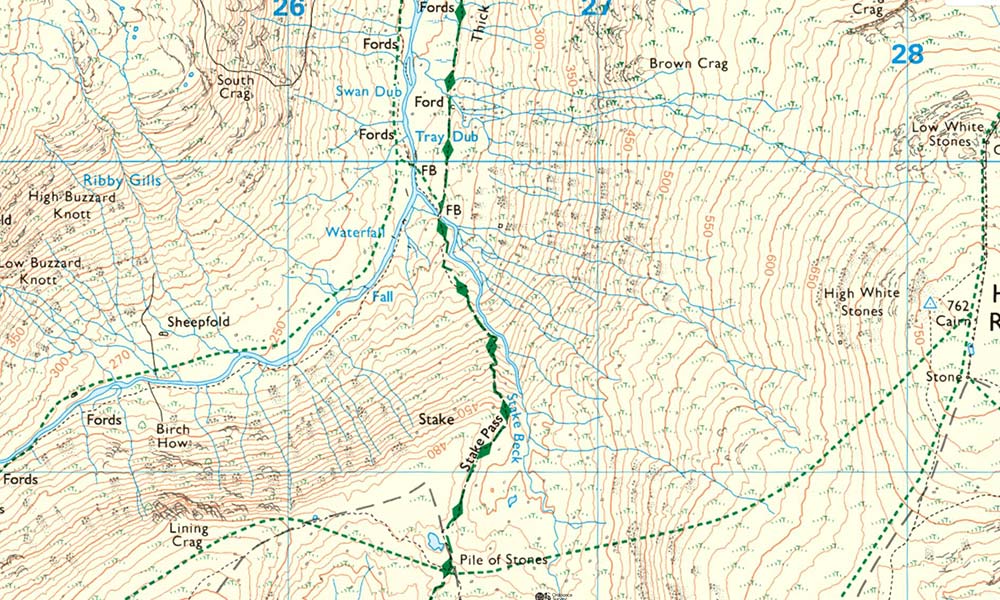
Those with underlying health problems – such as heart or respiratory conditions or diabetes – are more at risk from extreme sun and heat, as are babies and young children. Dangers signs to look out for include feeling faint or dizzy, breathlessness, vomiting or mild confusion, so keep an eye on the rest of your party. If you spot those symptoms and suspect that the temperature is a factor, move the person into shade if you can, loosen clothing and sprinkle them with water, possibly applying a cool, damp cloth to the back of the neck and give them cool drink in sips.
If you’re walking in the sun on high ground, there’ll often be a bit of a breeze, which can be really welcoming in sunny weather. However, it can also be deceptive as you may feel cooler but the UV in the sunlight could still be burning your skin. As well as sun cream and a hat, it’s worth carrying a light long-sleeved shirt or similar as a cover up for the peak hours of sunshine.
And remember that dogs in your party will need water and ways to keep cool too and may not be able to find water easily once you’re out in the hills.

Mountain Safety: Before you leave home
Even without the extra precautions of a heatwave, walking in summer is going to be at its most enjoyable if you’re #AdventureSmart and have packed and prepared with the weather, your skills and the right clothing and equipment in mind.
Packing your bag is going to be a balancing act. You’d still be wise to carry the following:
• Food and drink
• Spare layers of clothing
• Backup paper map and compass (assuming you’re using OS Maps on your phone)
• Battery powerbank (in reserve for your phone)
• Head torch (in case you’re delayed)
• Insect repellent
• Sun cream
• More drink than you’d carry in spring or autumn
You’ll be tempted to cut down on weight if you’re walking in summer heat but don’t compromise on the stuff that will keep you safe. Why not share out the heavier stuff between you?
There’s lots more information on the MREW website and on the #AdventureSmart UK website.

Check the forecast
With weather in the mountains being very changeable it is important to check the forecast in the run up to any trips, but also just before you pack your rucksack and set off on the day itself. You can check the Met Office’s Mountain forecasts which will provide you with an overview of the conditions across a wider area with detailed descriptions of precipitation, winds, temperature and visibility at different heights. It will also warn of any hazards such as high UV levels. It’s useful to check whether any warnings are in place, for example, for thunderstorms or extreme heat, and to check the pollen levels if you suffer from hayfever.
Even if the weather seems settled and sunny, it’s worth checking a mountain weather forecast for your day. Forecasted storms should affect your route planning. You might be lucky and miss them but you might not and getting caught in hail and high winds on a ridge is no fun!
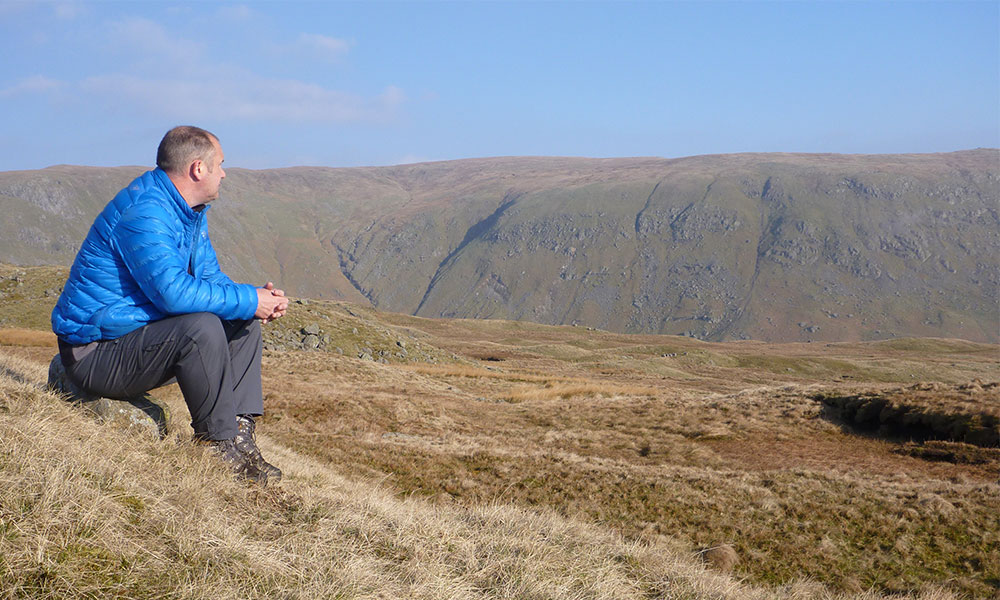
Reading the weather
Clouds are a good thing to keep your eye on. Cumulus clouds can develop very quickly in the summer due to warm air rapidly rising and condensing. The day could start off cloudless but by early afternoon clouds may have developed. Darkening, growing clouds are the main indications of impending rain from shower clouds. Especially look out for any big dark clouds with what looks like an anvil on top (cumulonimbus clouds), as these can indicate there’s a risk of heavy rain, hail and perhaps lightning.

Changes in clouds or types of clouds can also indicate that a weather front is approaching which will bring rain. An approaching warm front is the easiest one to spot as the cloud base gradually lowers with time from high cirrus to low stratus. An approaching cold front is harder to identify but is often characterised by a darkening sky followed by a quick onset of moderate to heavy rain. As you climb, keep a close eye on the conditions higher up on the route ahead – the weather can change as you ascend.
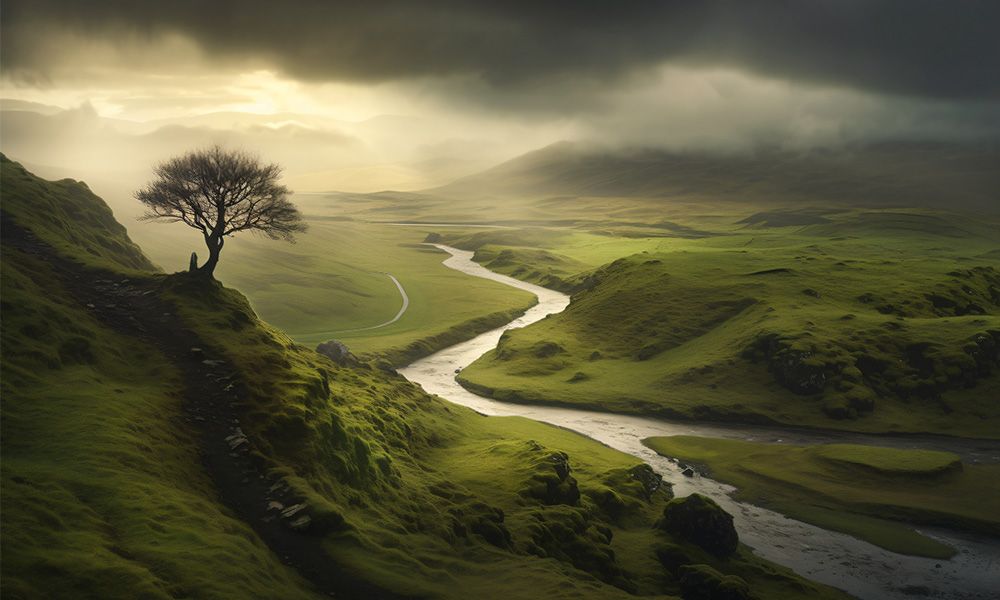
Unpredictable weather over the Scottish mountains in summer
How fast the cloud is moving across the ground can give you a clue to the wind speeds higher up. If the cloud is spilling over the top of the summit and then being blown down the slopes away from the wind, it is a sign of very strong winds on the tops. Observing how the cloud base changes as you climb can also offer clues to possible changes in visibility. Changes in the cloud base can happen quickly and being suddenly enveloped in thick fog can be an unnerving experience. It can be difficult to predict when it will clear up again when you are shrouded in it.
Being flexible is key to having a safe outing. It’s OK to choose a lower-level route depending on the forecast and don’t be afraid to turn back should the weather take a turn – the mountains will always be there for another (nicer) day!
Plan your route accordingly
When planning an outdoor adventure, adapting your route to the weather is crucial for a safe and enjoyable experience. Use a mapping app, like OS Maps, to plan the best route for the conditions.
On sunny days, seek routes with shaded sections or access to open spaces that provide a cool breeze. It’s also wise to consider walks near water sources such as streams, lakes, or waterfalls, as they often provide refreshing respites from the heat – there’s nothing like dipping your toes in fresh water! In hot weather you might want to pick a less strenuous route to avoid the risk of heat exhaustion or heatstroke or start earlier in the morning before the day heats up. It may be good to plan somewhere to stop in the shade during the middle of the day when UV levels are highest so you can reapply sun screen and stay hydrated.
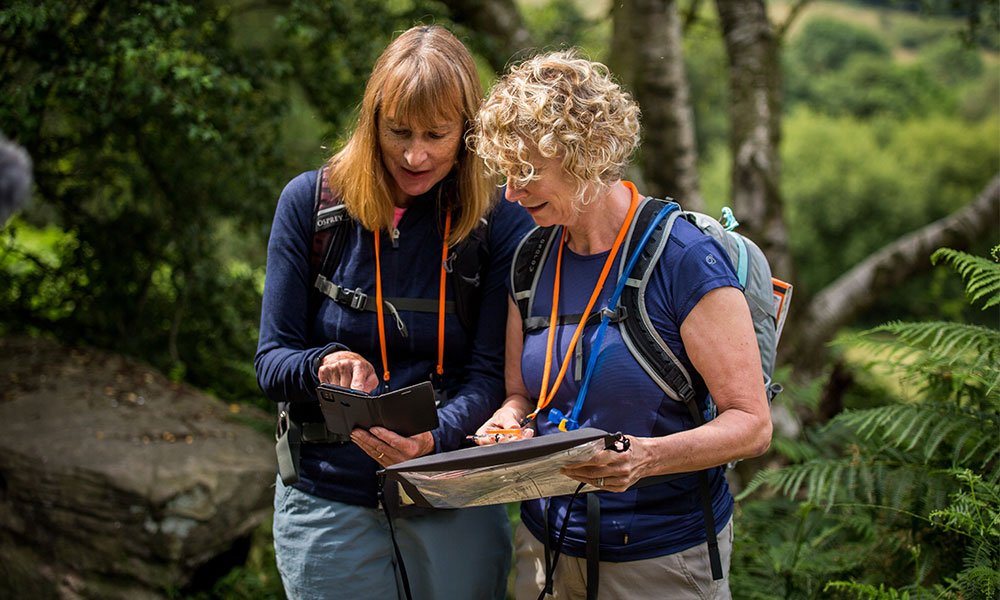
Plan your route accordingly
In wet weather, opt for well-drained paths and trails that minimize the risk of waterlogging or becoming excessively slippery. Woodland areas with ample tree cover can offer shelter from heavy rain showers. Well-established routes such as National Trails are less likely to be waterlogged and disused railways and asphalt walkways are great for when the heavens open. It’s worth having an alternative route if you need to move to lower ground because of a thunderstorm, increase in wind speed or change in visibility.
When wind is expected, choose paths that offer natural windbreaks, such as valleys. It’s advisable to avoid exposed ridges or open moorlands where gusts may be more intense. Although trees may offer some protection from the wind, there’s a risk of falling branches if it gets too strong.

A mountain tarn. Credit: Mike Reading
Think before you dip
If it’s a hot day and your route passes close to a mountain tarn, lake, reservoir or stream it could be very tempting to jump in and cool off. Although the water may look calm and inviting there can be many hidden dangers.
• These waters may be deeper than you think, with the water just below the surface being icy cold even in summer. This can lead to cold water shock.
• There may be strong currents which could challenge even the strongest of swimmers especially if combined with very cold water.
• There could be hidden underwater obstacles, if you dive in you won’t know what you might hit.
• Steep and slippery banks could make it difficult to get back out of the water.
To minimise your risk, follow the Water Safety Code to stay safe around water.
1. Stop and Think, Spot the Dangers
2. Stay Together, Stay Close
3. In an Emergency, Call 999
Summer is the ideal time to build your experience hiking in the mountains of the UK. There are plenty of hours in the day to enjoy the great outdoors and typically more favourable weather. So, pack a picnic, head to the hills and enjoy a safe day out in the mountains with our mountain safety tips.


